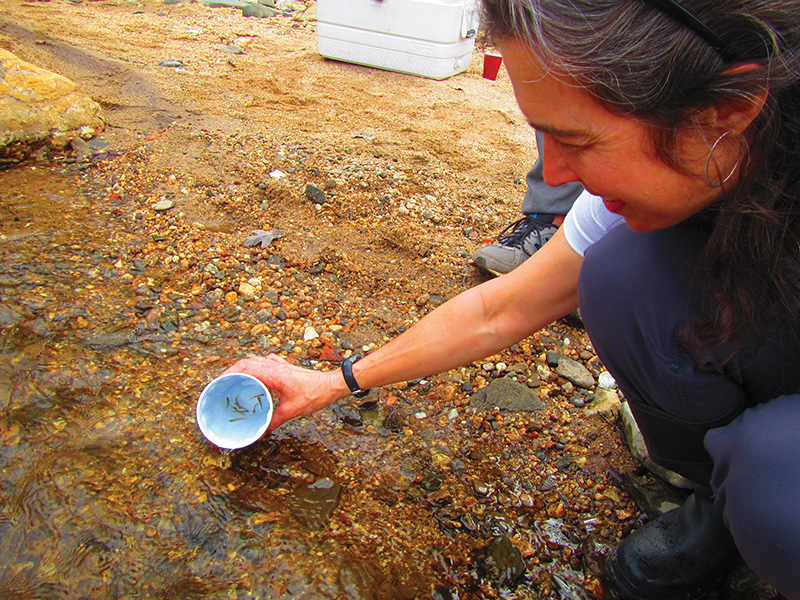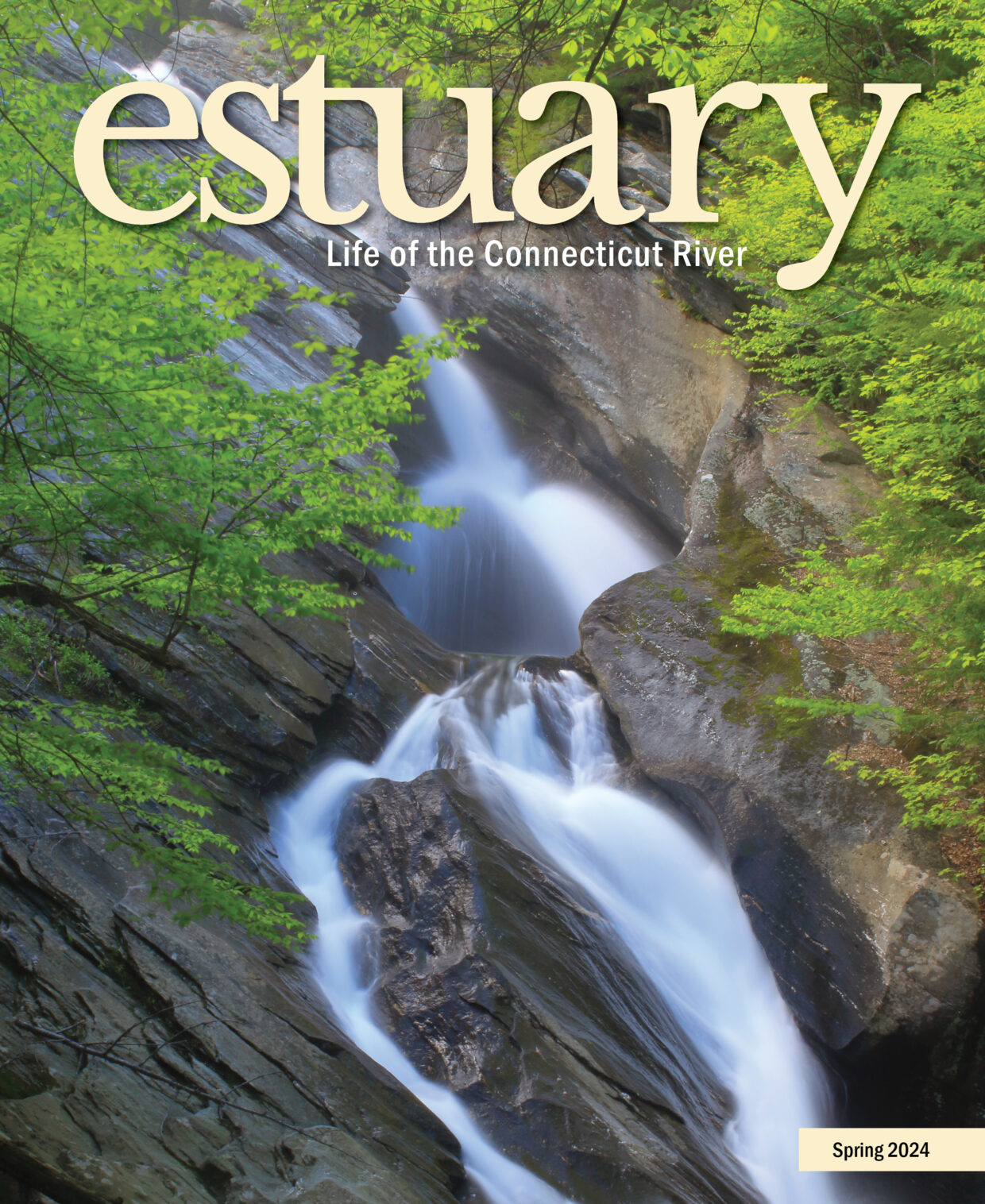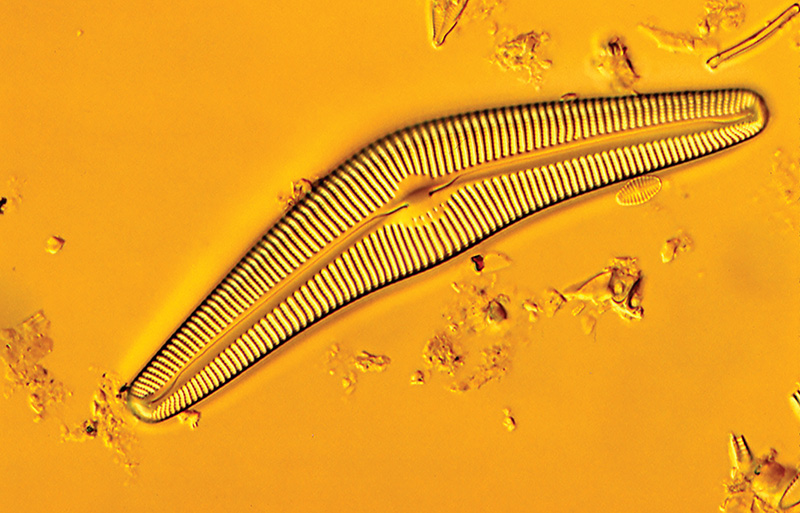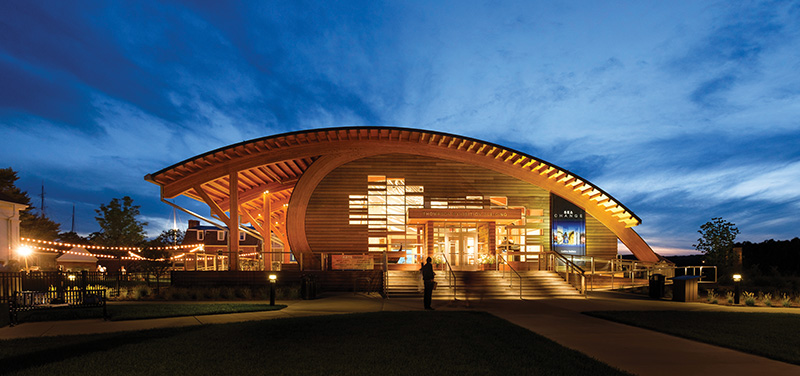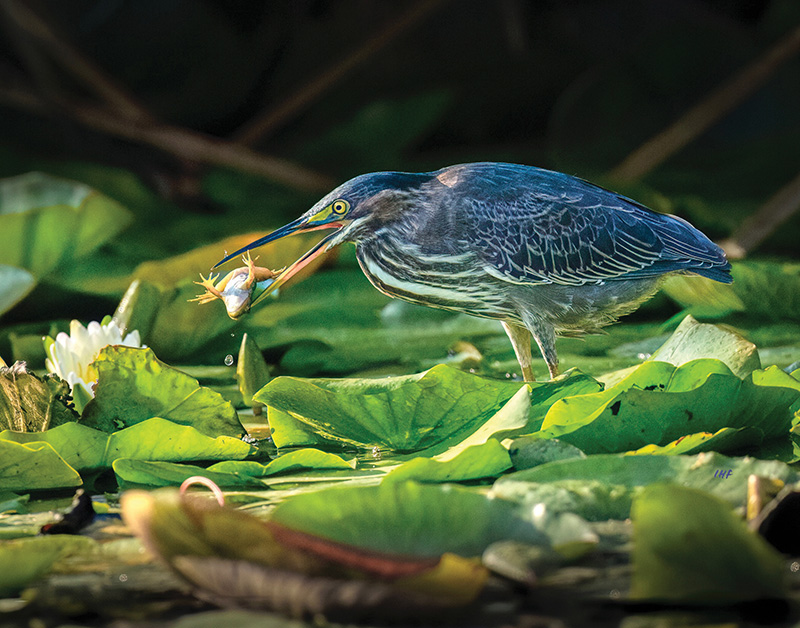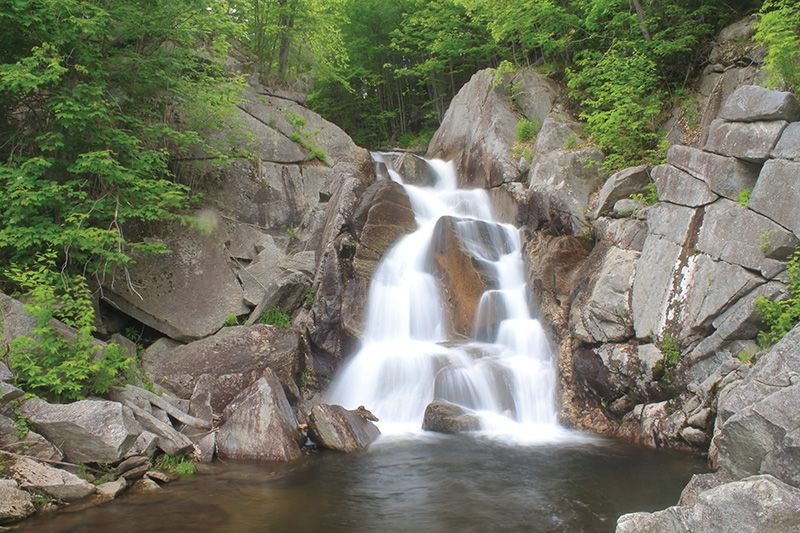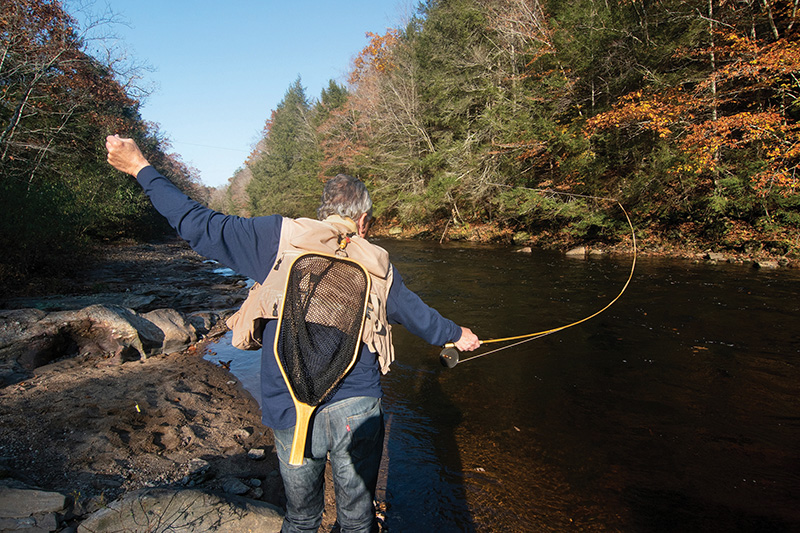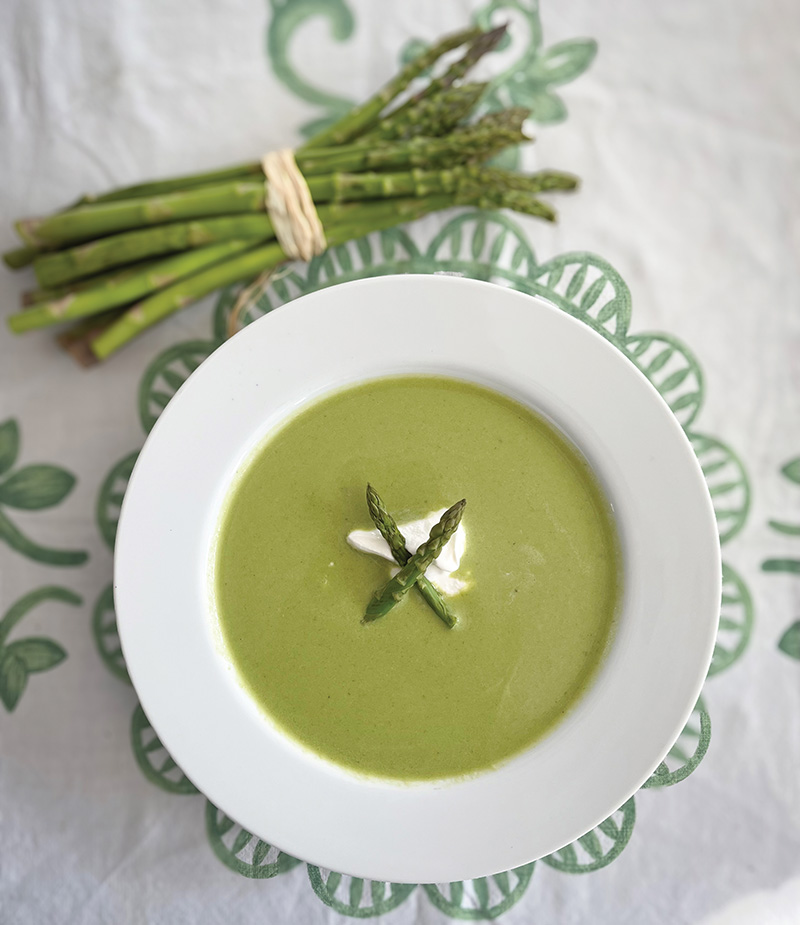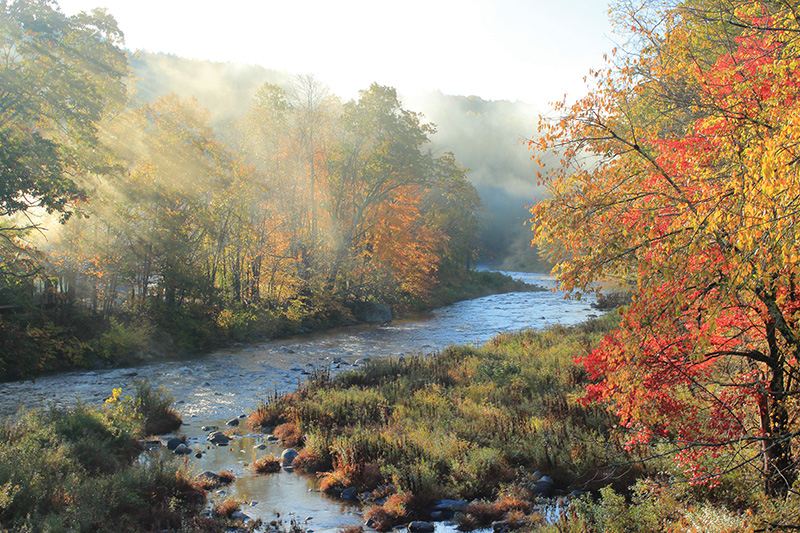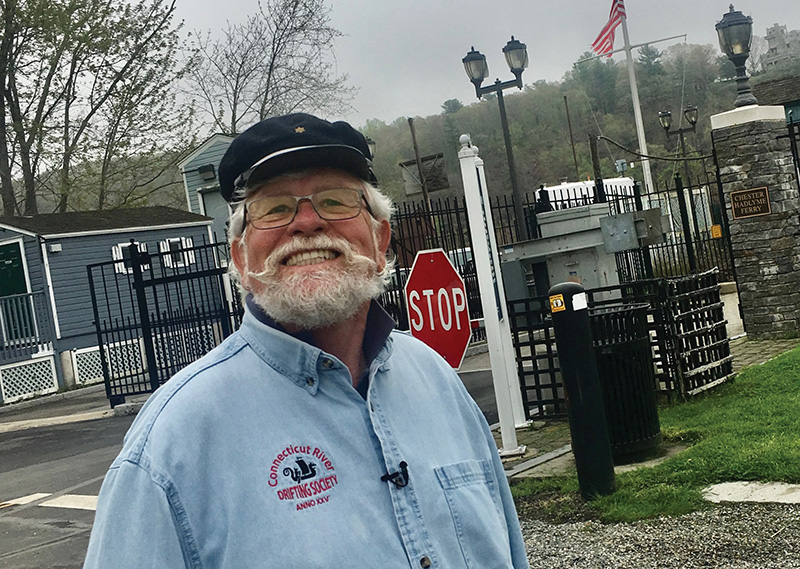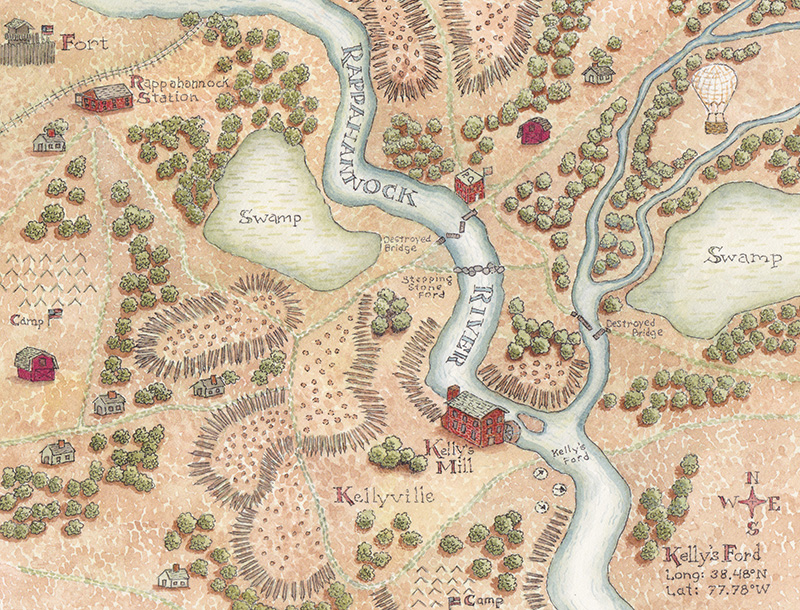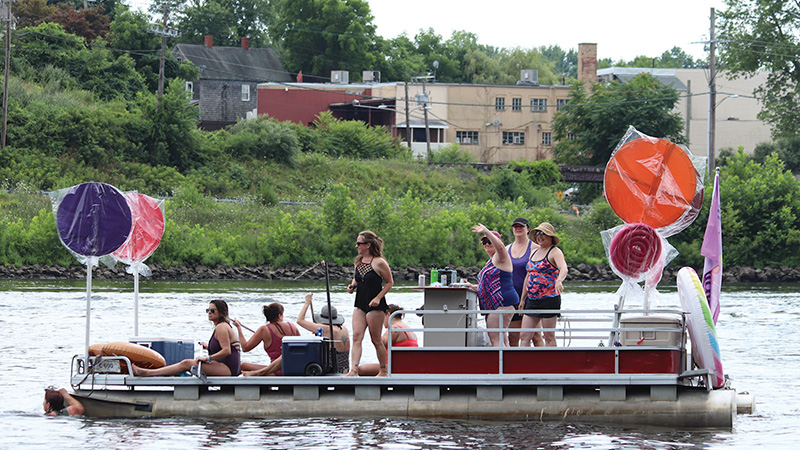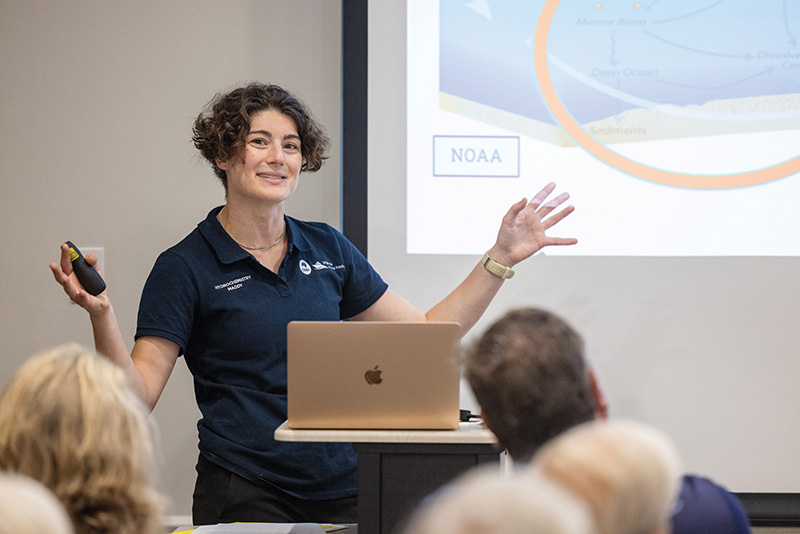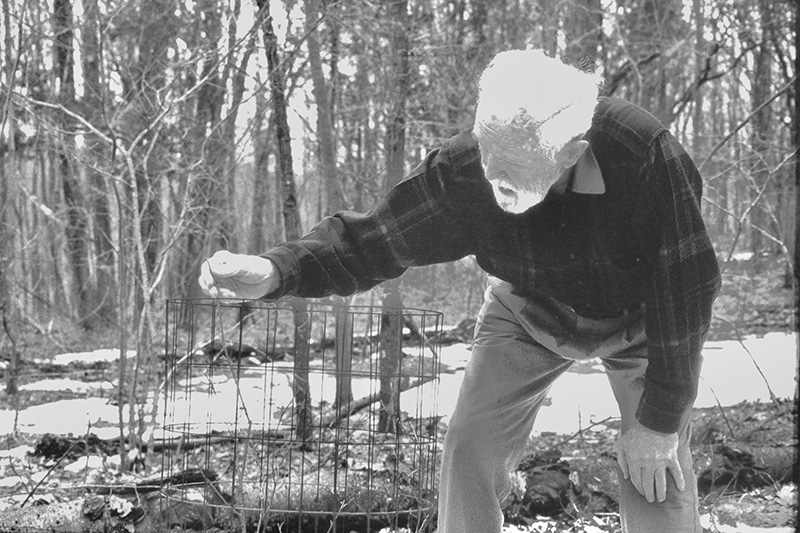The Atlantic salmon is a near mythical creature, long prized by indigenous people, royalty, anglers, artists, and gourmands.
On My Mind…
As Estuary begins its fifth year of publication, it seems fitting to reflect on what has taken place and what lies ahead.
The Fascinating Life Cycle of Dragonflies
Warm breezes, the shimmer of light reflected off gentle ripples on the surface of a pond, the melodic trill of summer cicadas, and the translucent glimmer of dragonflies as they perform their aerial ballet—all of these images conjure thoughts of summer in New England.
Cymbella Cistula
While many are familiar with the fish and wildlife that define our landscapes, there are other lesser-known critters that play a role in creating and maintaining a healthy ecosystem.
Celebrating Microcultures
On a tributary a mile west of the Connecticut River, above an old milldam in Centerbrook, Connecticut, a small former auger bit factory breathes the 21st century air
Wildlife Wonders: Green Herons
It’s well known by birdwatchers that green herons (Butorides virescens), who are common in the Connecticut River watershed, use their daggerlike bills to seize prey.
Vermont’s Spectacular Waterfalls
Few things in nature exemplify spring more than a roaring waterfall or stream in a freshly leafed out forest.
Let’s Go
News from our River Partners
Casting About: The Eightmile River
Frequently hidden from view, the Eightmile River and its East Branch ramble through the pristine woodlands of Lyme, East Haddam, and Salem, Connecticut.
What’s For Dinner? Spring Asparagus Two Ways
Welcome to spring! It’s such a delicious time of the year.
Gardening for Good: The Dark Side of Light
The first twinkle of a June firefly is one of the greatest delights I experience from my yard
Central Watershed Outings: Hidden Gems of the Wild and Scenic Westfield River
Set on a historic railroad line in the scenic Berkshire foothill towns of Middlefield and Chester, Massachusetts, the Keystone Arches Trail offers a fine sampling of the Westfield River watershed’s rich natural resources and history.
Wick Griswold and the History of the Present
A woman dressed as 19th century doyen Phoebe Griffin Noyes wandered across the green grass
of the Old Lyme Public Library lawn as my wife, Amy, and I shook hands
Estuary for Young Readers #12
At the same instant the tree limb went crashing to the ground, the hot-air balloon broke loose and shot up so fast that in seconds I found myself clinging for dear life to the safe end of the limb and looking up at the bottom of the basket.
The Connecticut River Raft Race
With all the decorum of a college fraternity on house party weekend, the annual Connecticut River Raft Race will celebrate its 50th anniversary on July 20, 2024.
A Story of Restoration: Of a Car, Not Fish
This is a love story. An unusual one, perhaps. Nonetheless a tale of steadfast devotion and affection that has endured through good times and
bad for many, many decades.
First Annual Award for Early Career Achievement in Environmentalism
On Tuesday, August 15, at 6:30 p.m. at the Old Lyme Phoebe Griffin Noyes Library, Estuary magazine and its parent The Watershed Fund
bestowed its first Annual Award for Early Career Achievement in Environmentalism on Madeline Lahm.
The Pied Piper of Land Conservation
Connecticut, among other places, would not be the same without the vision and determination of Richard Hale Goodwin, the late Connecticut
College professor of botany and one of the nation’s pioneering preservationists.
Central Watershed Outings: Hidden Gems of the Wild and Scenic Westfield River
Set on a historic railroad line in the scenic Berkshire foothill towns of Middlefield and Chester, Massachusetts, the Keystone Arches Trail offers a fine sampling of the Westfield River watershed’s rich natural resources and history.
Below the Surface: Let’s Not Lose More Fish Species
The Connecticut River ecosystem has a complex food web below the surface.

